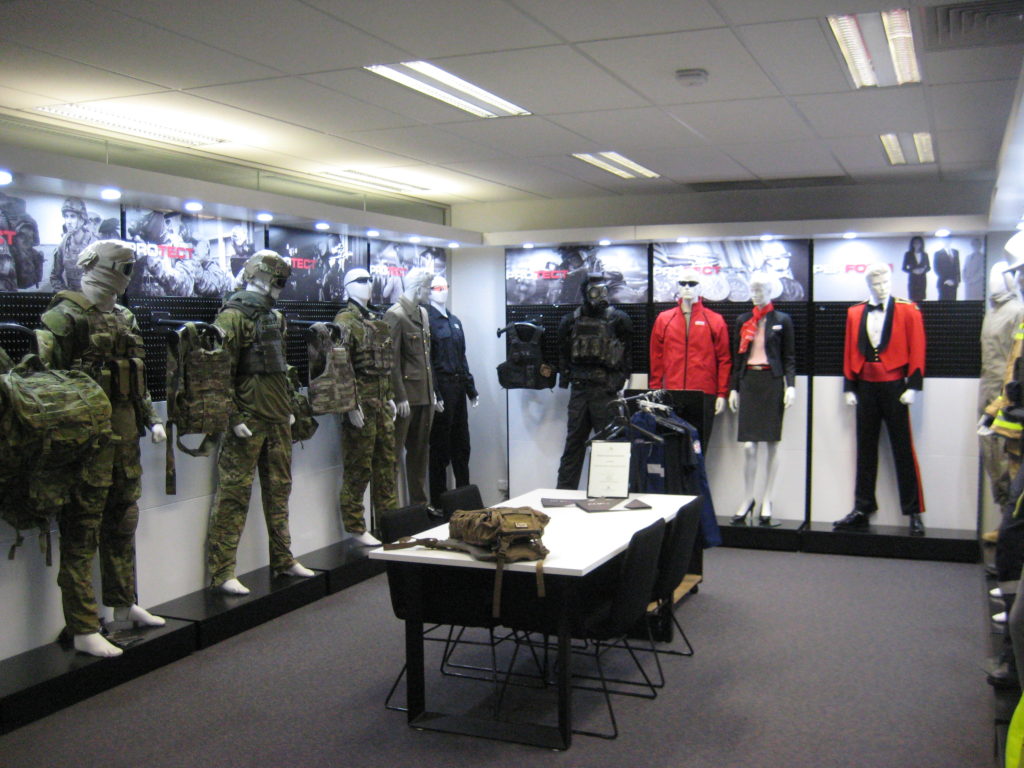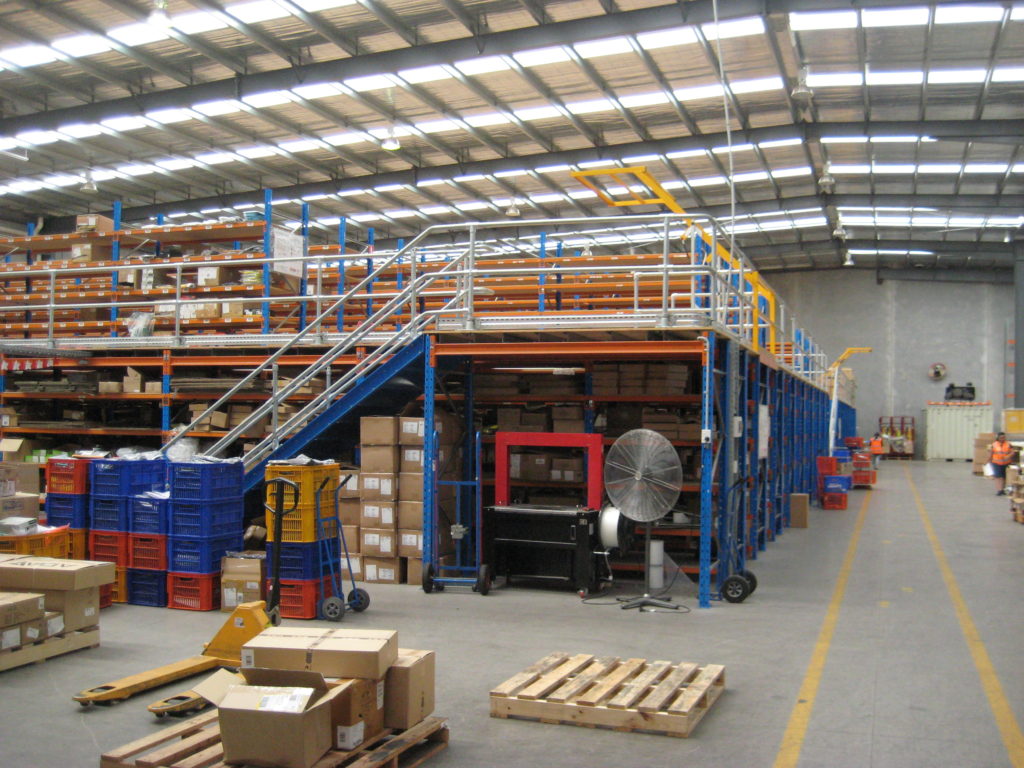SITE VISIT – Australian Defence Apparel (ADA)
We have some exciting news to share here at Packs and Beyond:
Our latest Trip Report.

.
You may be aware of the review of the ADA Large Assault Pack that was published late last year (see HERE).
After that review was published, the International Product and Business Development Manager at ADA, who I had met several years previously at the Land Warfare Conference, reached out to me for a chat about showcasing their capabilities and providing their side of the story about that review.
Packs and Beyond sincerely welcomed this opportunity for an industry member get their voice heard in the interests of fairness and to provide illumination and context behind their design philosophies.
After publishing my review of their pack, where I highlighted what I considered the deficiencies of the design, it would have been entirely justified and understood if ADA didn’t wish to speak with me. Instead, they have demonstrated true professionalism by reaching out to me and offering a factory visit to better understand their company.
.
It is truly a compliment from ADA to consider Packs and Beyond a professional in this industry, and to offer such an opportunity to have their side heard as it were, and to have it published on Packs and Beyond for dissemination to our readership.
It is part of the goals of Packs and Beyond to provide such illumination to the readership, of not just “how” and “what” in terms of design, but context (the “why”) behind business decisions and processes.
By providing that context to the readership, it is hoped that such grass-roots education and training in industrial and procurement processes will allow more educated decisions to be made and relevant questions asked of senior management by end-users.
For Packs and Beyond to achieve one of its goals (instigating real, meaningful change into the load bearing procurement systems in Australia) we prefer to work on the principle that you catch more flies with honey than with vinegar.
.
So it was a rather pleasant surprise to be offered a trip into Old Melbourne Town to visit ADA’s facilities and have a chat.
.
ADA has existed in one form or another for more than a century now, supplying the Commonwealth military forces with uniforms and equipment.
Surprisingly, whilst uniform and equipment design and manufacturing is a major focus, it isn’t the only business activity for ADA.

.
Having recently been bought out by the Canadian company Logistik Unicorp, who have provided some guidance and corporate assistance, ADA is making moves to gain greater share in international markets and non-traditional markets such as industrial work wear. This is planned to be achieved through transference of knowledge and products from the military line to the new areas.
.
It’s this expansion into corporate and industrial workwear that has led to a Total Apparel Management unit of business. In simple terms, ADA is offering an outsource supply of apparel for large and small organisations. This means an organisation can outsource its workwear and apparel functions to ADA (thereby making ADA its supply-chain manager for such things), alleviating cost and effort on such functions as procurement. This service is currently being utilised by several large State-based Health Departments here in Australia.
.
Already there are a few online and offline stores that sell safety wear and workwear, such as https://www.tradiesworkwearshop.com.au/, though each worker can buy clothing items from their store separately. ADA, however, will provide a web-based portal on the work organisation’s internal website/network for clothing and apparel requirements for all staff.
.
In order to accommodate and provide this service, ADA has recently moved into larger premises with plenty of warehouse space and essential equipment like forklift, moving ladders etc. to allow for future expansion. They may also need to get in touch with forklift repair experts from Texas Motive Solutions or similar companies that specialize in forklift repair. It might be necessary since warehouse managers cannot afford to stop operations in case of forklift breakdowns. In all truthfulness, it was awesome to see such a large warehouse and to imagine the extent of their operations. Further, the warehouse authorities can consider getting resources that can make the workflow smooth and streamlined. one such example could be by implementing Magnetic Warehouse Labels that could be easily taken off from metal surfaces rather than wasting time on peeling labels and applying them again. Similarly categorizing items can also be much easier with the application of such labels.
That said, they (ADA) have plenty of on-ground staff to manage warehouse operations, and they do everything with proper precautionary measures like using a safety ladder when necessary. It must not be easy to run such a big operation; quite cool!

.
Coming back, I also received a guided tour of ADA’s Research and Development Department and their pilot plant.
Most of their major domestic production facilities are located in Bendigo, a town in regional Victoria. They also have production facilities in Viet Nam.
.
Recently, ADA has also acquired another Australian company, LE Gear as part of their expansion and to give a retail outlet of the ADA catalogue.
.
My tour of the Research and Development (R&D) Department and their pilot plant was eye opening. I’m no stranger to such things with experience in food production and other industries, so it was interesting to see how ADA has structured their team, and formulated their business goals.
.
In line with such a large organisation, the R&D Department is comprised of approximately 30 personnel. There are several Senior Designers, who have flexible teams of Assistant Designers assigned depending upon the task, interests and knowledge base.
There are also Pattern Makers and Machinists who are senior, experienced staff from the production floor able to offer advice and practical experience for the project when it comes to scale-up form a design concept to a finished, manufactured product.
.
Pilot facilities are used in many businesses to provide small custom runs, or aid in the development of new products by providing a small scale approximate set-up of equipment and production equipment. In pure financial terms, pilot production facilities can aid in reducing development cycle times and reduce cost, especially when it comes to changing production schedules of large production runs for small custom runs that may take inordinate amounts of time and adjustment to get right. In previous industries I’ve been exposed to, it has been demonstrably easier to develop new products with pilot equipment available.
When pilot production facilities aren’t available, this means R&D work has to be completed on production equipment. This can have real benefit for scale-up, in that machine settings and other individual production issues may be quicker to trouble shoot, but in my experience it can be extremely difficult to achieve. Such barriers when using production equipment for R&D work includes scheduling issues, equipment set-up (changing over from the large production run to a small scale batch and back again) can lead to serious time impacts, as well as difficult production staff (not many want to stay to muck around with fiddly machine settings after a long day’s work already).
In short, having pilot plant facilities makes the R&D process for new products a great deal easier. This is in line with ADA’s goal of rapid development capability and offering bespoke solutions to its clients.
.
Speaking of clients, it’s probably a good time to mention ADA’s major client: the Australian Defence Force.
The ADF is a very significant portion of ADA’s work.
Sometimes, with large customers, corporate culture can be an impediment to clear communications.
The larger bureaucracies can have some interesting affects upon how their suppliers deal with issues and communicate with them. Often the client’s corporate culture can have major impacts on the business conduct of their suppliers. It can be difficult to explain to a major client that they’re on the wrong track, or that some decisions made about a project are made based on incorrect data and assumptions. This is especially difficult with the common business viewpoint that the customer is always right.
.
When the conversation came around to my review (with a few moments of discomfort to start with), it was revealed how the clients desires and requirements can influence a design project.
ADA was quite candid by revealing and acknowledging there were issues with their One299 frame.
It seems there was a scale-up issue in the polymer formulation from small-scale pilot production to large scale production runs.
It was also mentioned how feedback loops from the client to the designers are aiding in the design process. In the case of the SCE (Soldier Combat Ensemble) tender that occurred recently, the ADF furnished a full Rifle Company from the 7th Battalion, Royal Australian Regiment (7RAR) as a testbed unit for the trials.
.
These feedback systems can be affected by many things, such as the experience level of the testbed personnel, senior management interpretations of feedback and corporate culture (that can come from both sides of the equation, both client and development team).
.
It is my experience that a successful outcome for an R&D project is dependent upon many factors. Primary amongst these factors is the communication channels between client and design team. Even with very good communications channels, things can get difficult when different knowledge levels, corporate culture and different expectations can conspire to influence communications.
.
What do I mean by this? Let’s dig a little deeper.
.
Knowledge can be technical knowledge (design, materials, textiles, and ergonomics) or can be use-related – coming via documents such as a Statement of Requirements. It can also be an awareness of market trends and how others have solved similar problems or issues.
.
Corporate culture can influence how information is sent, received and interpreted. It can affect an individual or organisation’s ability to ask questions (or even what questions to ask), communicate requirements or receive feedback.
.
Another issue where I empathised with the R&D team is when specifications issued by the client can be painful to deal with during product development processes. A great many issues arise because many clients use mechanical engineers who treat projects as pure manufacturing of simple mechanical widgets, but don’t realise that shoe-horning standards and specifications applicable to one product and industry may not be entirely suitable for other industries and products with widely variable raw materials.
.
Alright then, this rounds up the site visit report.
I’d like to thank ADA again for the opportunity to do this, and am very grateful for the opportunity put their side of the conversation forward. I’d also like to thank ADA for the professional compliment extended to Packs and Beyond for this visit.
Posted in Civilian, Clothing & Footwear, Military, Packs & Webbing, Trip Log by 22F with 4 comments.
Leave a Reply